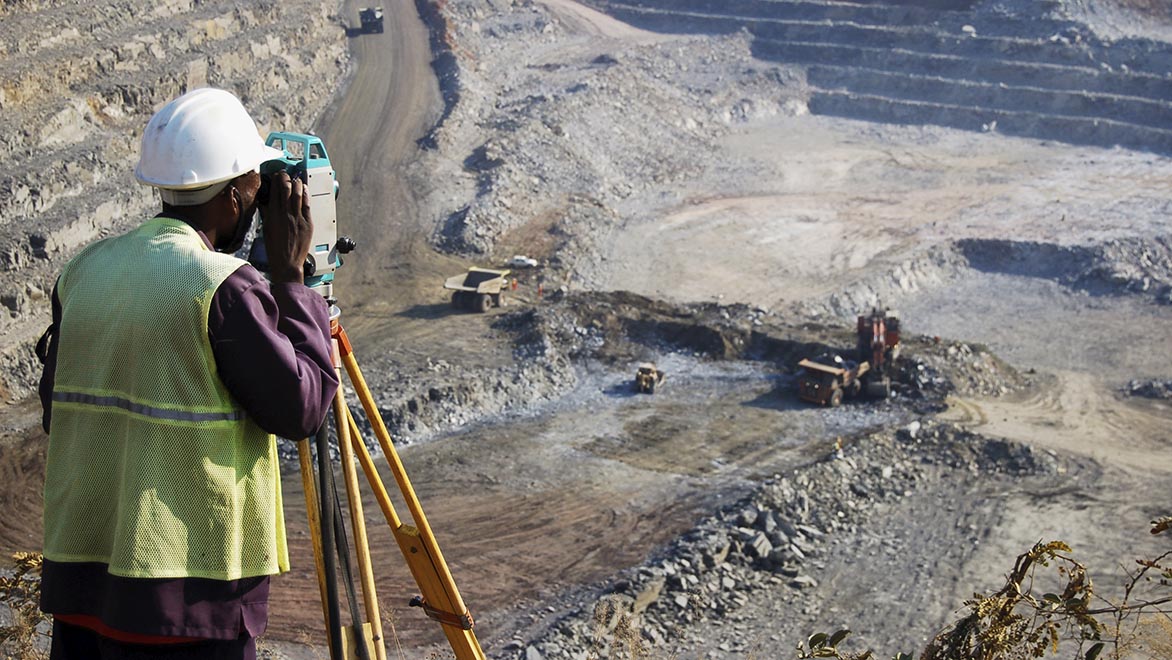Some Known Details About Geotechnical Engineering For Construction Projects
Some Known Details About Geotechnical Engineering For Construction Projects
Blog Article
The Only Guide for Geotechnical Engineering For Construction Projects
Table of ContentsThe Geotechnical Engineering For Construction Projects IdeasUnknown Facts About Geotechnical Engineering For Construction ProjectsTop Guidelines Of Geotechnical Engineering For Construction ProjectsThe Basic Principles Of Geotechnical Engineering For Construction Projects Geotechnical Engineering For Construction Projects for BeginnersThe 4-Minute Rule for Geotechnical Engineering For Construction ProjectsThings about Geotechnical Engineering For Construction Projects10 Simple Techniques For Geotechnical Engineering For Construction Projects
Accompanying this raised intricacy comes geological and environmental factors that affect the style of the structure, which is probably one of the most vital part of any type of advancement. People require to trust that structures, bridges, and roadways will stand the examination of time. A Geotechnical designer recommends on just how a structure can best be supported giving its unique situations What's concealed listed below the surface of the ground is most likely one of the most vital item of information that a Geotechnical Designer seeks.These examples are after that assessed by the laboratory to figure out dirt structure (Geotechnical Engineering for Construction Projects). The breakdown of sand, silt, clay, and other products existing in the dirt, assists the designer identify what unique characteristics the website has and what the implications of those may be. Obviously soil make-up is just one test that can be executed on examples
Little Known Facts About Geotechnical Engineering For Construction Projects.
Based on these tests, there may be more soil borings that are pierced, or the designer may have enough details from the initial tests to make a suggestion to the client on just how finest to proceed with their project. Outcomes are usually reported via borings logs which show the soil structure and attributes at a range of depths.
Geotechnical engineers are accountable for recognizing the residential properties of all-natural resources and using this understanding to establish secure, cost-efficient layouts for building jobs. It is an essential component of any civil engineering job, as it is utilized to identify the viability of a website for construction and to ensure the structure's security.
This consists of performing laboratory tests on the samples and utilizing geophysical techniques such as seismic refraction and electrical resistivity studies. This data is used to examine the website's viability for construction and to determine the sort of structure that ought to be utilized. Geotechnical engineering examines dirt problems, recognizes potential risks, selects an appropriate structure system for the suggested structure, and identifies the most effective structure layout for a provided task.
Facts About Geotechnical Engineering For Construction Projects Revealed
The structure might end up being unstable or collapse without correct dirt stabilisation, causing expensive fixings and prospective injury. The stablizing procedure entails making use of different techniques to boost the security of the dirt, such as compaction, grouting, and the addition of reinforcing materials. Without dirt stabilization, the threats related to building jobs would be much higher, and the outcomes a lot less trustworthy.
Geotechnical designers conduct site investigations to analyze the dirt's buildings and recognize possible dangers. They establish and apply dirt stabilization approaches, such as including cement, lime, or various other stabilizing representatives, to enhance the soil's strength and stability.
The Greatest Guide To Geotechnical Engineering For Construction Projects
Geotechnical designers are vital in helping to guarantee that dirt stablizing is done properly to ensure that the structure is secure and safe. Geotechnical design is likewise used to analyze dirt conditions and recognize prospective risks. This consists of evaluating possible flooding, landslides, straight from the source and other all-natural calamities that might affect the structure.
Geotechnical designers use this expertise to perform site examinations, soil, and rock screening, and to interpret the outcomes to figure out the suitable layout parameters for a task. This details is used to make sure that the structure, keeping wall surfaces, slopes, and various other frameworks improved or within the subsurface products have enough stability and resistance to exterior loads, such as earthquakes, wind, and water.
These frameworks call for a deep understanding of the habits of the subsurface materials, along with the capacity to take care of the effect of excavation and building on the surrounding environment. Geotechnical engineers utilize their knowledge to figure out the suitable style criteria for these structures, such as the size and form of the tunnel, the toughness of the sustaining rock, and the type and amount of support required.
Along with the style and construction of frameworks, geotechnical design also plays a critical role in the rehab and upkeep of existing structures. As frameworks age, they may experience destruction or various other issues that affect their security and efficiency. Geotechnical go to this site engineers use their experience to evaluate the problem of these structures, identify the reasons for the troubles, and develop approaches to resolve them.
Rumored Buzz on Geotechnical Engineering For Construction Projects
In this article, I will certainly review the role of geotechnical design and the kinds of troubles geotechnical engineers address. Geotechnical engineers (geotechs) are included in almost every kind of civil design project. Every framework is sustained by soil or rock unless it is drifting, flying, or dropping down.
Geotechs are usually most involved at the beginning of a project. Geotechnical Engineering for Construction Projects. A few of the jobs that a geotech might be in charge of are examining subsurface conditions, figuring out required lab screening of dirt and rock, translating the subsurface exploration outcomes, and writing reports that document the website conditions and give referrals for structures, fill specs, incline security, etc
It is not uncommon for geotechnical engineers to concentrate on just one of the locations provided above and examine that subject their entire occupation. Geotechnical design is a vital facet of any kind of civil design project. No issue just how fantastic a framework is built, it will certainly not be fantastic for long if the foundation is poor.
The Buzz on Geotechnical Engineering For Construction Projects

Oftentimes, things that may not appear important turn out to be vital years later when problems emerge. One last point to bear in mind: geotechnical design is wed to geology. No issue how great your engineering expertise is, if something essential is missed in the geologic characterization at a site, your competence might not save you.
Jese lives in West Virginia with his from this source spouse and kid. He takes pleasure in crawling around on any kind of landslide he can find and investing time fly fishing on the water. He can be located on LinkedIn. I wish you appreciated this week's message by guest writer Jese Vance. If you have an interest in your company perhaps joining the Civil Design Collective, please contact us here or call us at 800-920-4007. I hope you'll join us.
The Buzz on Geotechnical Engineering For Construction Projects

It is essential to design the foundation to stand up to natural and synthetic tons. Loads can be upright or side. It is very important to know the dirt problem before making the type and depth of structure needed for the structure. In order to understand the subsurface soil problem, a geotechnical investigation is called for.
The Greatest Guide To Geotechnical Engineering For Construction Projects
Once the test results come, the Geotechnical Designer analyses the record, which details the dirt and rock residential or commercial properties groundwater problem and the associated risks. The kind of foundation needed to develop the structure is after that determined. Based on the recommendation of the Geotechnical Designer, the structural engineer after that creates the structure.
Report this page